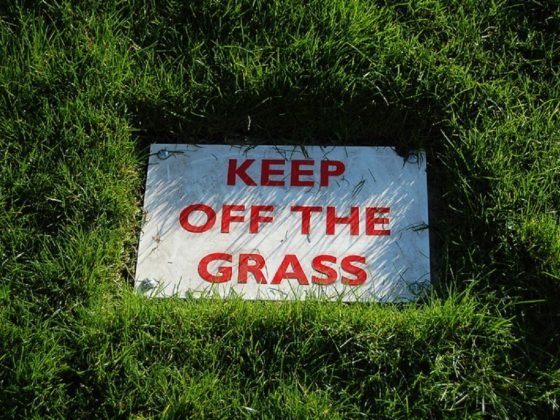What is the Going Stick in Horse Racing?
The Going Stick is a device used to measure the racecourse going. In essence, the relative softness or hardness of the ground
The condition of the racecourse surface is of importance primarily for the safety and welfare of racehorses. The racecourse ground conditions, more commonly referred to as the ‘going’, will be a key consideration for trainers and connections as to a horses participation.
Bookmakers and Punters will form opinions and betting markets with assessments of how a horse will be suited by the prevailing going conditions.
When was the Going Stick introduced in the UK?
The Going Stick, developed by Cranfield University and TurfTrax was introduced to all UK turf racecourses in March 2007.
From January 2009 it became a requirement of the rules of racing for a Going Stick reading to be published by each racecourse at declaration stage and then again on race day.
The aim was to introduce an objective and systematic method for measuring the racecourse going conditions. Before 2007, the assessment of the going conditions had been somewhat subjective.
There was no science or prescribed process involved in producing going descriptions. All you needed was a Clerk of the Course with a walking stick and a welly boot heel!

“Cheshire Wellies” flickr photo by ARG_Flickr https://flickr.com/photos/arg_flickr/46113550714 shared under a Creative Commons (BY) license
How does the Going Stick work?
The Going Stick takes two measurements to produce its overall reading.
It measures the resistance to vertical penetration into the ground, the amount of force required, and the shear, the amount of energy required to pull the Going Stick backwards to an angle of 45 degrees. This dual motion, mimics the action of a horse striking the ground at a gallop and the two combined measurements produce the Going Stick readings.
GOING STICK SCALE
Going stick readings are on a scale from 0 – 15.
0 being the softest and loosest ground conditions through to 15 being the hardest.
The data is automatically stored on the Going Stick. Multiple readings are taken to produce an average from a statistically sound sample size.
Waypoint markings on the racecourse railings mean that the Clerks take their readings in the same area of the track for each meeting. This allows a like for like comparison at any given racecourse.
There are two different calibrations of the Going Stick for the two different codes of racing in the UK, National Hunt racing and its Flat racing counterpart. Simply the calibration is changed with the flick of a switch.,
What do the Going Stick Values mean?
The scale for the Going Stick reading ranges from 0 – 15.
Zero being the softest and loosest possible conditions, through to 15 being the hardest.
In reality, horse racing would never take place under the extremes of this scale. Readings of 5 correspond to the wettest and heaviest going conditions encountered, with a reading of 10 corresponding to ‘hard’ going.
Going Stick Scale
There is often some confusion over the going stick scale and what the numerical readings mean in terms of the ground conditions.
The BHA published the mean average Going Stick readings for all fixtures between 2008 and 2013 alongside the separate Clerk of the Courses going description. This was done for both Flat and National Hunt racing.
This is not an official scale, but it does give you a guide on the range of going stick readings and how that could be translated into the more traditional going descriptive.
Mean Going Stick readings (Flat)

Mean Going Stick Readings (National Hunt)

Going Stick Scale comparisons
It’s worth noting that the going stick readings will be specific to the individual racecourses and will be of the best value when used in comparison with historical readings from that course.
Differing soil types across different racecourses can lead to going stick reading variances when compared to the more traditional Clerk of the Courses going description.
Sandy soil is more permeable than a clay-based soil which will hold water for a greater length of time. Sandy soil will be looser than a clay-based soil which when wet will stick and hold together.
As the going stick takes its reading through resistance to vertical penetration and shear, a movement backwards of 45 degrees, then it will behave differently in clay and sand-based soils.
Going Stick reading and Clerk of the Course’s description
There are two separate going measurements issued for each race meeting.
- The Going Stick reading
- Clerk of the Course’s description of the racecourse going
The 2 measurements independent of each other.
It’s worth pointing out that these two interpretations of the going are independent of each other. The objective Going Stick reading and the subjective Clerk’s description.
It’s an odd situation. While Going Stick readings have been around for over a decade, we still have the Clerk’s more subjective going description published alongside the Going Stick reading. I’m sure if you polled the UK racing public, very few would be aware the two measures weren’t related.
Failure to wholeheartedly accept the Going Stick readings is possibly a ‘tip of the hat’ to the UK’s rich horse racing heritage – a resistance to change?
Possibly it’s an indicator of concerns to the validity of the Going Stick itself?









